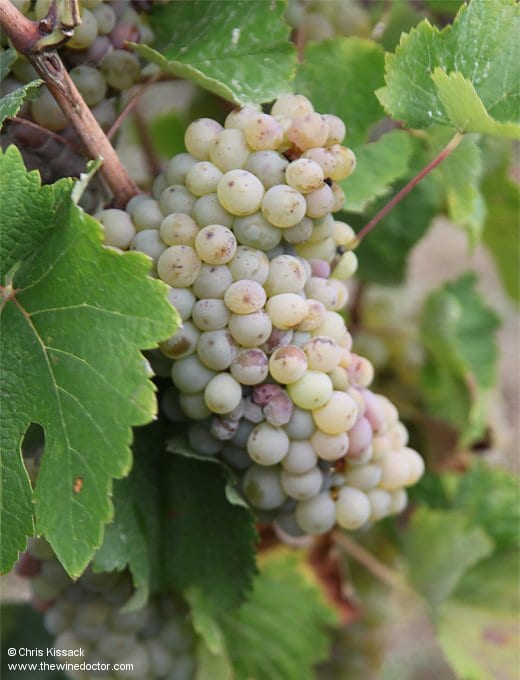Château de Bonnezeaux
If anyone required any proof that Anjou is a region which demands ongoing detailed exploration, then surely my recent realisation that there exists a Château de Bonnezeaux is it. Until very recently I was unaware that there sits, not that far from the famed Château de Fesles, this late-17th-century edifice. This is despite the fact that several years ago I took up residence in the region for a few weeks, just down the road in fact, close to the town of Thouarcé. Striking out each day to visit local vignerons, such as Eddy Oosterlinck at Domaine de Juchepie (just around the corner) and Mark Angeli at La Ferme de la Sansonnière (just down the hill), nobody turned me around and pointed me in the direction of Château de Bonnezeaux. Musing over this, it feels a little like staying in Pauillac and nobody saying “maybe you should trying calling in on Château Latour“, as if the two didn’t somehow share an intertwined vinous heritage.
There is one very obvious reason, however, why no-one saw fit to give me a push towards Château de Bonnezeaux; this venerable old estate does have a vinous heritage, of sorts, but it is fractured and weak. While there have long been vineyards associated with the château, for many years there was no active winemaking here. It is only now, in the early years of the 21st century, that the château’s cellars are wakening from their slumber once more, roused by the arrival of new blood, initially in the shape of Guyonne Saclier de la Bâtie. Before I explore just how this long-overdue renaissance came to be, however, I first present a little background information on the domaine.

